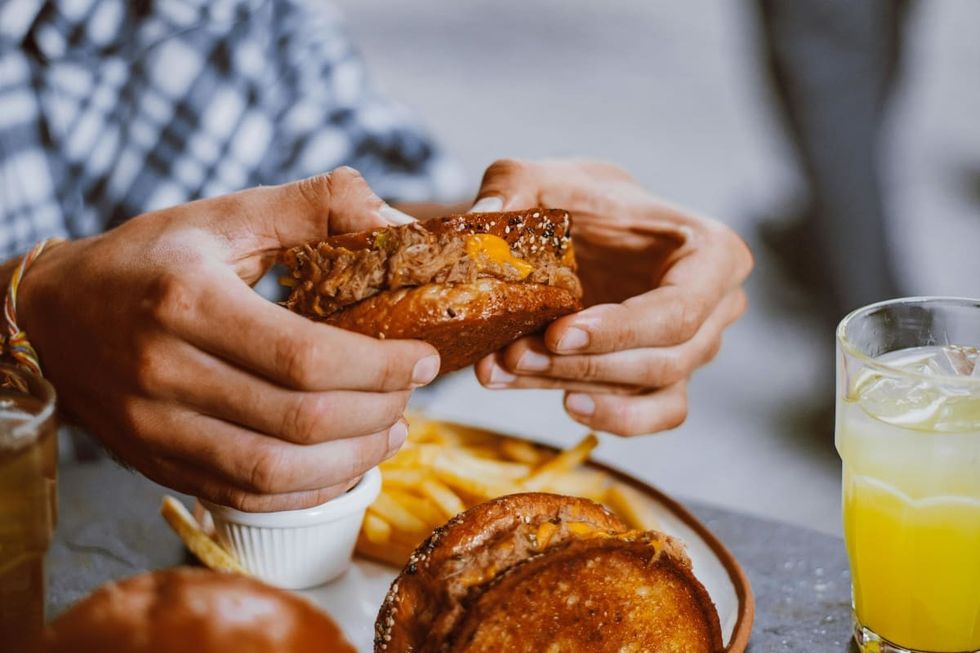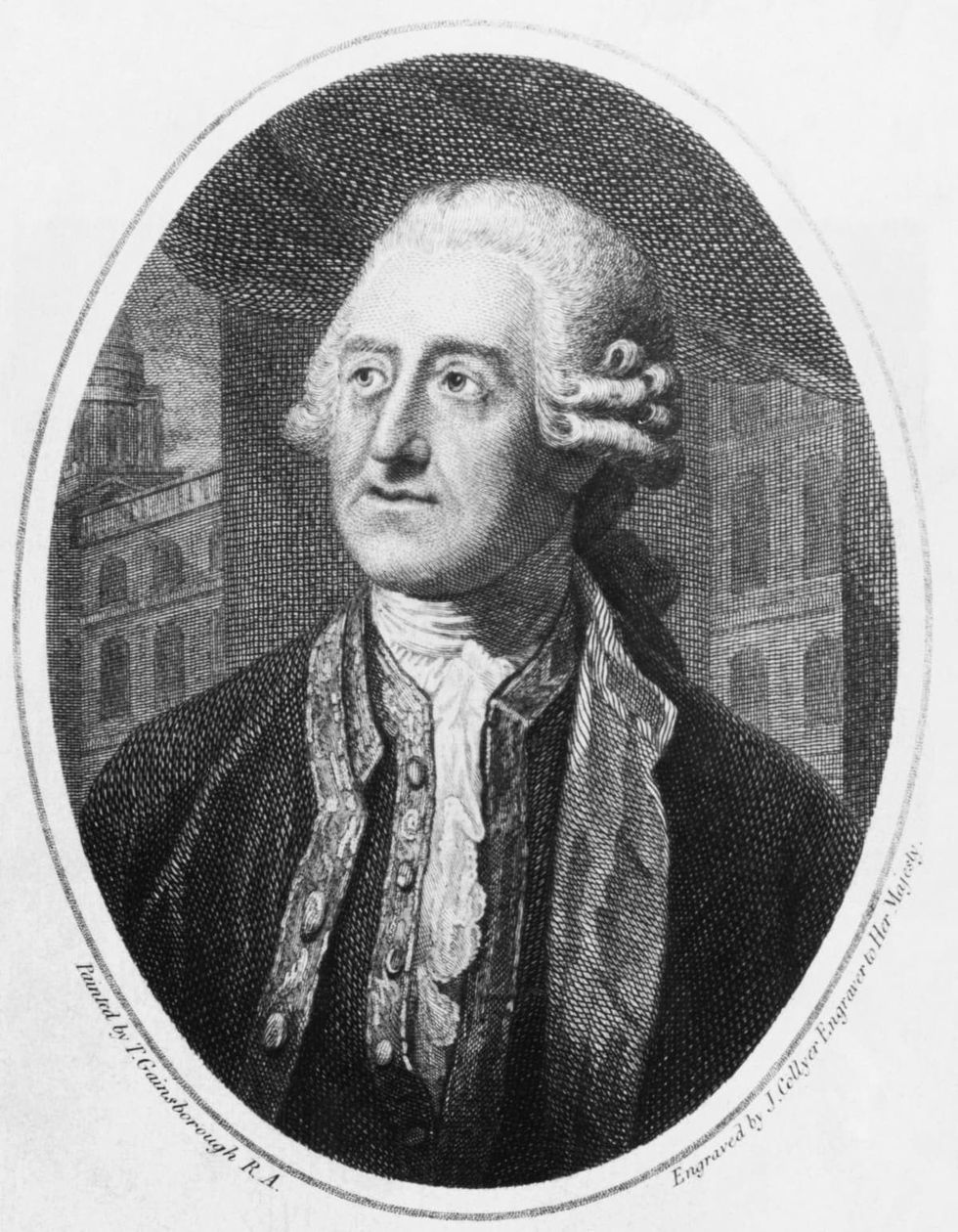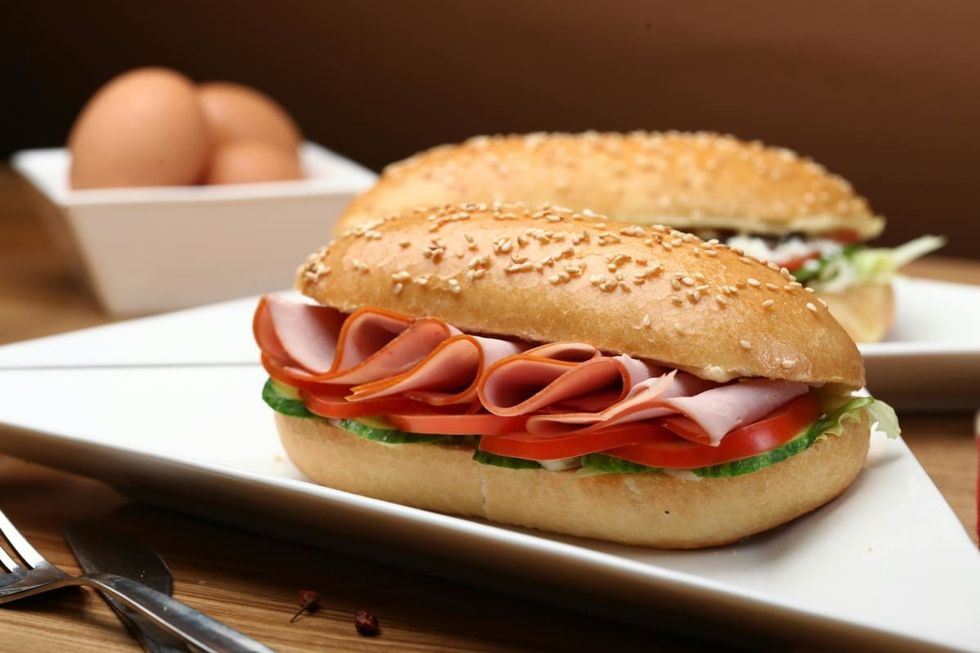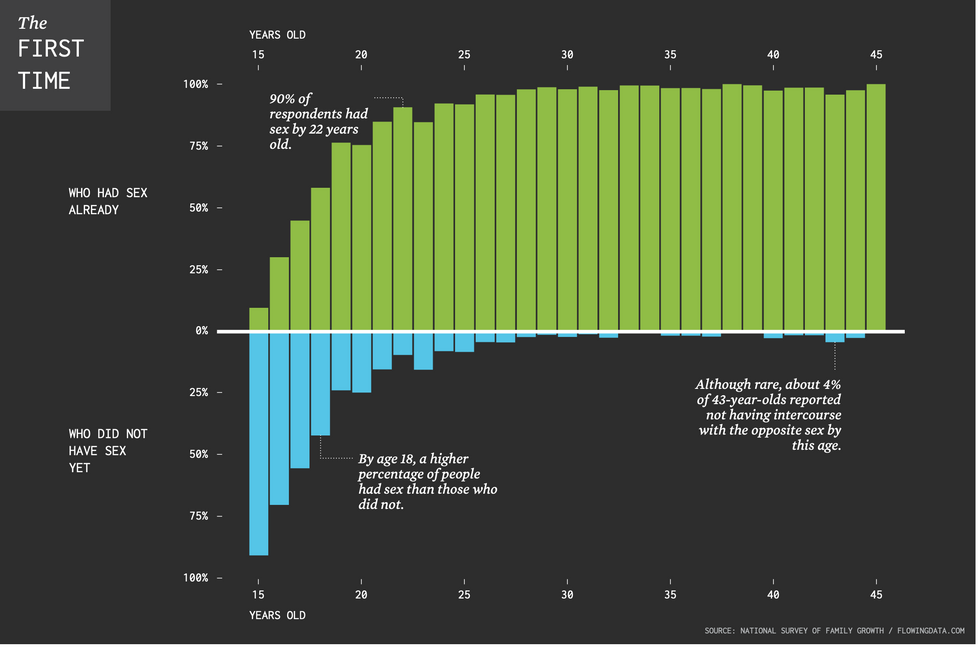Pretty much everyone knows what a sandwich is, right? And it's amazing how they change from one place to another, but no matter where you are, biting into one is always a treat. Whether it's an egg sandwich for breakfast, grilled cheese for snack time, India's "Vada pav," or Pennsylvania's famous "hoagies," sandwiches are loved all over. Ever stop to think about how the sandwich came to be, or how it got its name? Well, we're here to break it all down for you.

According to Food Timeline, the first sandwich was made about 260 years ago by John Montagu, the fourth Earl of Sandwich. He invented this meal in 1762. As the story goes, he was once playing cards and did not want to leave the gaming table to eat supper. So, he asked the server something like “roast beef to be placed between two slices of bread,” so he could eat with one hand, leaving his other free for the game.

However, it's believed that Montague didn't come up with the idea of the sandwich; rather, he saw this dish being served in various forms during his travels in the Eastern Mediterranean. He noticed platters of grilled pita bread and small canapes served by Greeks and Turks during their mezes and he mimicked the meal idea for his convenience.

During the 1st century BC, a famous rabbi, Hillel the Elder, is also thought to have made the first sandwich. He mixed some slabs of Paschal lamb’s meat, bitter herbs, apples, nuts, and spices with some wine and put it between two soft matzohs. Popularly known as the “Hillel sandwich,” nowadays, it is eaten as a mixture of maror (bitter herbs) and charoset (traditional fruit-and-nut dish served on Passover), sandwiched between two pieces of matzah.
But even before this, archaeologists have reported uncovering ovens containing carbonized loaves of bread called “panis quadratus,” in the ruins of Roman cities of Pompeii and Herculaneum, revealing evidence of sandwiches, before Mount Vesuvius blasted to ashes in 79 A.D. According to them, these were large round sourdough bread, toasted and sliced into eight pieces, with a hole in the center of the loaf, where they were stuffed with pieces of sliced cheese, bitter herbs and butter.

All these accounts merely demonstrate a sandwich-like dish but not the word “sandwich.” According to PBS, Edward Gibbon, the author of “The History of the Decline and Fall of the Roman Empire," was the first person to mention the word “sandwich.” In one of his journal entries dated November 24, 1762, he wrote, “Twenty or thirty, perhaps, of the first men in the kingdom, in point of fashion and fortune, supping at little tables covered with a napkin, in the middle of a coffee-room, upon a bit of cold meat, or a sandwich and drinking a glass of punch.”

Following this, there is another account of a minister eating a sandwich, although there is no mention of the word “sandwich.” This was in the early 1770s. The French travel writer Pierre-Jean Grosley published a satirical book titled “A Tour to London; Or New Observations on England and its Inhabitants.” In the book, Grosley described the scene of a gambling table, “A minister of state passed four and twenty hours at a public gaming table, so absorbed in play, that, during the whole time, he had no subsistence but a piece of beef, between two slices of toasted bread, which he eat without ever quitting the game. This new dish grew highly in vogue, during my residence in London; it was called by the name of the minister who invented it.”

In 1773, the word sandwich was used in a recipe for the first time, in Charlotte Mason’s cookbook, titled “The Lady’s assistant for regulating and supplying her table.” In America, sandwiches arrived mainly during the 19th century. People began to have them in their evening suppers, teas, picnics and excursions. In the “Encyclopedia of American Food and Drink,” John F. Mariani states that the sandwich was first introduced to America in 1840 by Eliza Leslie. In her “Directions for Cookery”, Leslie wrote a recipe consisting of ham sandwiches.

In the 1900s, during the Industrial Revolution, bakeries began to sell pre-sliced bread loaves. “Po’ boy sandwiches” were invented. A “Po' boy sandwich” is a classic Louisiana staple recipe that comprises pieces of bread stuffed with crispy, golden, corn-meal, crusted shrimp, slathered in spicy Creole mayo, and topped with tangy pickles, fresh tomatoes, onions and shredded romaine. Also known as a “poor boy sandwich,” it first came into existence in 1929 during a streetcar conductor strike in New Orleans.

The Martin Brothers, who owned Martin Brother's Coffee Stand and Restaurant, created these sandwiches to support the striking workers by feeding them after a long day of work. They made these sandwiches using New Orleans French bread and stuffing of either meat such as roast beef, or fried seafood, apart from slices of tomato, shredded lettuce, and mayo-based sauces. Apart from “Po’ boys,” another form of sandwich was invented in the Philadelphia Navy Yard during the time of WWI. They were called “hoagies.” The Yard was located on a patch of land known as Hog Island, where the workers were called "hoggies."
In the present day, the most popular sandwiches around the world, as per CNN, include England’s lobster roll, Middle East’s falafel pita, France’s croque monsieur and pan bagnat, Japan’s katsu sando, UK’s chip butty and cucumber sandwiches, New Orleans’ Po’ Boy sandwich, Mexican pambazo and Italian tramezzino. Whatever kind of sandwich it might be, it is always a delectable meal.


















 A symbol for organ donation.Image via
A symbol for organ donation.Image via  A line of people.Image via
A line of people.Image via  "You get a second chance."
"You get a second chance." 


 36 is the magic number.
36 is the magic number. According to one respondendant things "feel more in place".
According to one respondendant things "feel more in place". 
 Some plastic containers.Representational Image Source: Pexels I Photo by Nataliya Vaitkevich
Some plastic containers.Representational Image Source: Pexels I Photo by Nataliya Vaitkevich Man with a plastic container.Representative Image Source: Pexels | Kampus Production
Man with a plastic container.Representative Image Source: Pexels | Kampus Production
 Canva
Canva It's easy to let little things go undone. Canva
It's easy to let little things go undone. Canva
 Teens are waiting longer than at any point in the survey’s history. Canva
Teens are waiting longer than at any point in the survey’s history. Canva Chart on the age of a person’s first time having sex.National Survey of Family Growth/flowing data.com | Chart on the age of a person’s first time having sex.
Chart on the age of a person’s first time having sex.National Survey of Family Growth/flowing data.com | Chart on the age of a person’s first time having sex.
 Kids know the good adults from the bad.
Kids know the good adults from the bad.